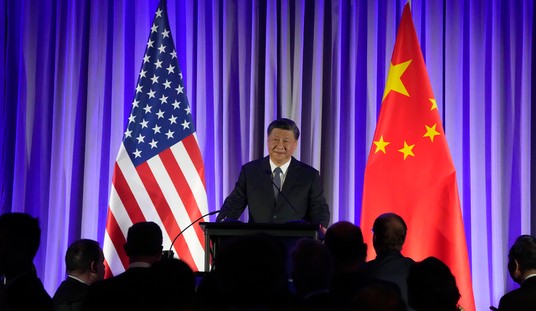The Iranian crisis has highlighted a new source of information: the non-professional journalist. This new species, equipped with a cell phone, a digital camera and access to the Internet and using blogs, Facebook, Twitter and other platforms have provided raw data about events in ways which professional journalists, by virtue of their fewer numbers, never could. It’s not the first time non-professional journalists have been the first and perhaps only source of events in distant places. Images of the December 26, 2004 tsunami which swept through beach resorts in Thailand showed what was possible, when for the first time in history, ordinar people captured striking images and video of events which would otherwise have gone unrecorded.
The trend is clear. An increasingly large percentage of the world’s population will be observers. In a crisis, a statistically significant number of ordinary people will have the presence of mind to record and report. Perhaps the term non-professional journalist should be used in place of the more derogatory “amateur” journalist. Many of the reporters of the future will be far from untutored. Some will be doctors, engineers, pilots, scientists and technicians. Others will be local to the event, and as such understand what they see with a depth of understanding that stranger could not approach. Their on-the-spot testimony may be of the highest value. Not only that, but technology has advanced to the point where an ordinary person’s tools equal or even surpass the professional tools of twenty years ago.
But what will the well-equipped non-professional journalist of the future need, in case say, a revolution breaks out as has happened in Iran? A camera capable cell phone, perhaps. But preferably he should have a modern digital compact camera. The newly released Olympus E-P1 offers interchangleable lenses, HD video and high-end audio. What more could a budding street journalist want? In my opinion, I think what’s missing is a viewfinder. Viewfinders allow you to frame things a little better and faster than a display. And viewfinders don’t emit tell-tale light signatures on dark nights when showing yourself isn’t a good idea. I’ve learned how to tape over all the indicator lights on my vintage Canon G7 and disable the range finding beams. Yet cameras like the E-P1 are such marvels that it seems churlish to complain. Joe Rosenthal captured his immortal picture of the flag-raising at Iwo Jima with a Speed Graphic camera.
[youtube zRCFp4nI3B0]
And it didn’t have video or audio recording capability either. When Rosenthal took the his famous shot, he didn’t even know if he had a picture. The film had to be sent to Guam before it could be developed. If Rosenthal could capture the Flag Raising with that monster, then there’s no reason to think that chance, opportunity and unspotted talent will not produce striking reportage in the future.
(Click here for an Amazon store link for the EP1)










Join the conversation as a VIP Member